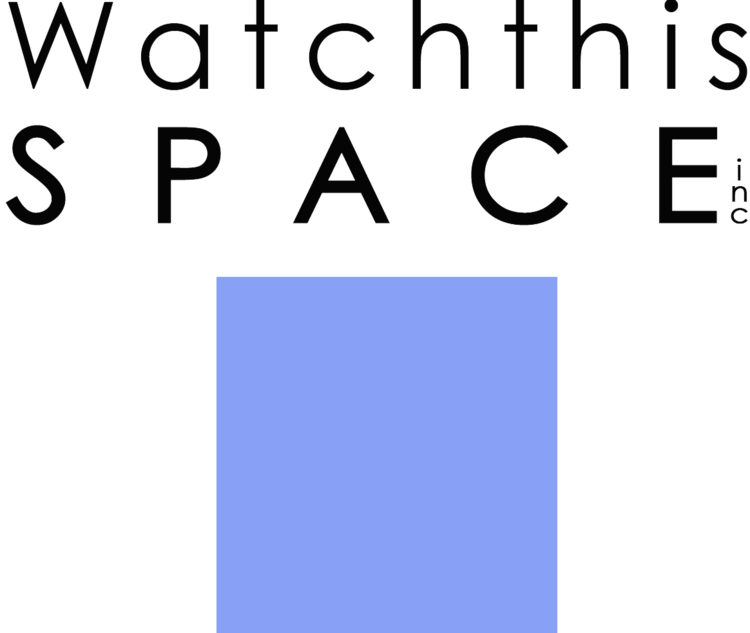I’ve spent this month at WTS mostly creeping around alone after hours, and trying to understand the origins, intentions and implications of the ‘Australian’ photo book. It’s hard to really know when the first photo book was published here, but copies I’ve come across begin as early as the 1920s.
I’ve been thinking about these objects, and the images they hold as part of our ‘national’ photographic archive. Perhaps unsurprisingly, if we look back in time, dominant images sit ready for us to consume once more, decades after their creation. We recognise certain depictions of this place as the 'lucky country' and 'land of plenty', where one experiences an 'Australian dream': messages (or myths) which arose after European invasion, and which subsist to this day.
So what part did photography play in perpetuating these identities? How did images made on this continent during the early decades of photography further the agenda of the colonial state, rather than document alternate realities to diffuse, detract from, and counteract its mission?
I’ve come to understand, photography was not considered an art form here until long after international audiences and institutions had done so. Instead, the photograph was made and displayed as a kind of marketing mechanism, a great champion and smokescreen of a homogenous national identity that, of course, many felt they didn’t belong to.
As well as looking at these photo books, I’ve also been tearing them apart - mostly in the literal sense, to collage, but also in the way you might “tear something to shreds” in an analytical, questioning sense. I’ve found many moments of humour in this process, but also a responsibility to remain critical. It is easy to laugh at the subjects portrayed: beach, industry, happy white citizen, monument, leisure activity, *repeat for 80-200 pages*. It is even easier to find yourself deeply disturbed.
For now, the research continues. Thank you to WTS for this month-long opportunity to stare at over-saturated images for far too long, to scan a bunch of shit and to spend time understanding the root of my curiosities, the histories of this place, and the identities portrayed in images made here.


